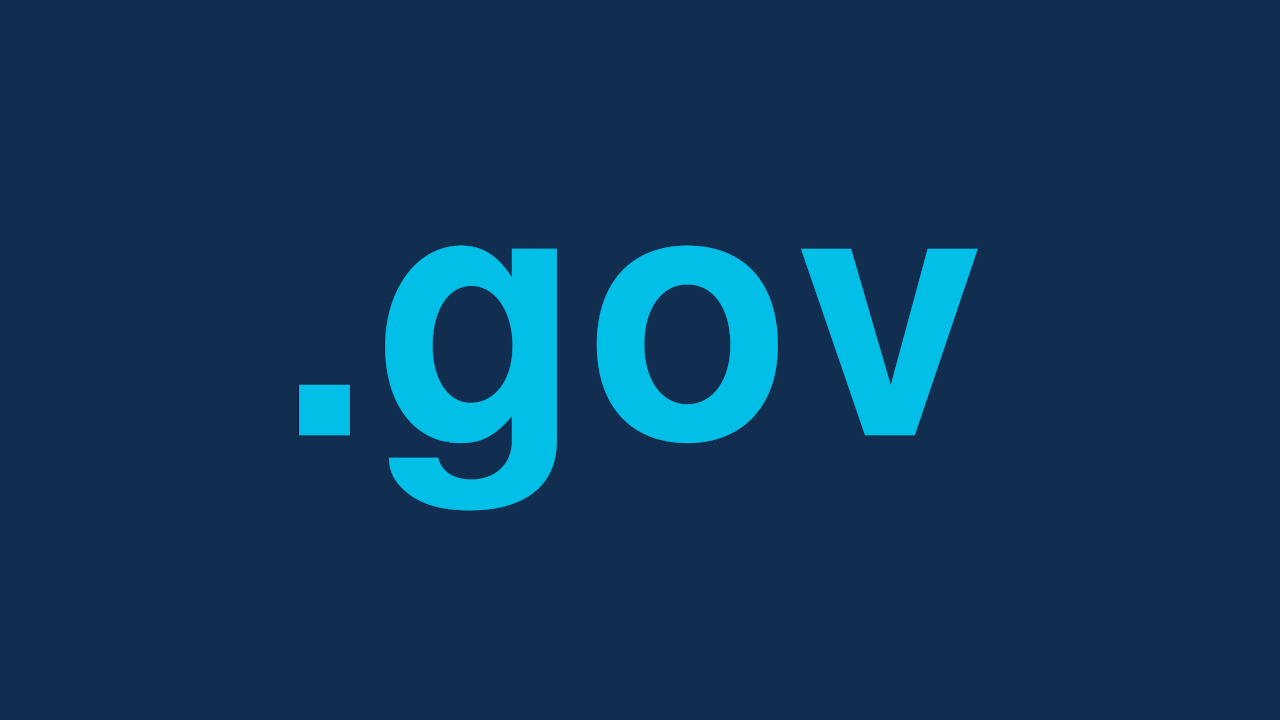
The pros and cons of people analytics
Originally posted on The Horizons Tracker.
W. Edwards Deming famously remarked that while we may trust in god, everyone else should bring data. It’s a mindset that has underlined the recent desire to have data underpin decision-making. A recent study1 from Harvard Business School explores how people analytics has affected the workplace.
The authors explain that while the practice has a lot of promise to uncover things like the best candidates for a role and how well people are working, it can also be used in nefarious ways, with employers surveilling every action of employees.
The rise of big data
In the last twenty years, the rise of “big data” has caused big changes in how businesses, science, medicine, government, and even sports make decisions. At the same time, artificial intelligence (AI) is also becoming more important, like with ChatGPT, and it’s making waves in the tech and content fields.
Some big data projects have aimed to solve important problems, like tracking how diseases spread, easing traffic on roads, and figuring out ways to catch fake transactions. The move toward people analytics is a logical extension of this trend.
At its core, people analytics means using data to help with decisions and practices involving employees. The way organizations work is changing because of technology, and this is causing the rise of “digital trace data.” This data comes from devices people use for their jobs, whether they’re in an office, factory, or out on a job or delivery.
Thanks to progress in computational social science and similar areas, people analytics is getting bigger as more organizations realize it’s useful to use employee data to make smarter choices. But companies will need to figure out the right way to use this information in a fair and clear manner.
Using analytics properly
People analytics is mostly used to figure out which qualities make the best managers and teams, and to find ways for them to grow. Now, companies are using people analytics in more parts of their business.
For example, they’re using data about how people behave to help sales teams improve how they reach out to customers. This kind of data can also show where there are problems in areas like engineering, making new products, and running factories.
Using data about employees will inevitably bring out tensions if workers are unsure about how companies will use their digital traces and survey answers.
Clear rules
To handle this, companies need to think carefully and create clear rules about how they will use this data. This will help employees feel better about it and reduce any worries they might have. However, even being clear about how data is used can be tricky. Some computer programs that use this data are becoming so complicated that they’re hard to explain. And even if someone explains them well, those explanations can quickly become outdated.
When these programs are not set up well, employees might try to “game” them to get ahead. This means they’ll focus only on the things that are being measured, instead of doing their best work.
There’s also a question of rules. Some rules about data privacy already exist, like the European Union’s General Data Protection Regulation (GDPR). These rules make sure that big companies protect both the information of their workers and their customers. And there might be new rules coming in the future that will shape how companies can use this kind of data.
Article source: The Pros and Cons of People Analytics.
Header image source: Lukas on Pexels.
Reference:
- Polzer, J. T. (2022). The rise of people analytics and the future of organizational research. Research in Organizational Behavior, 42, 100181. ↩






